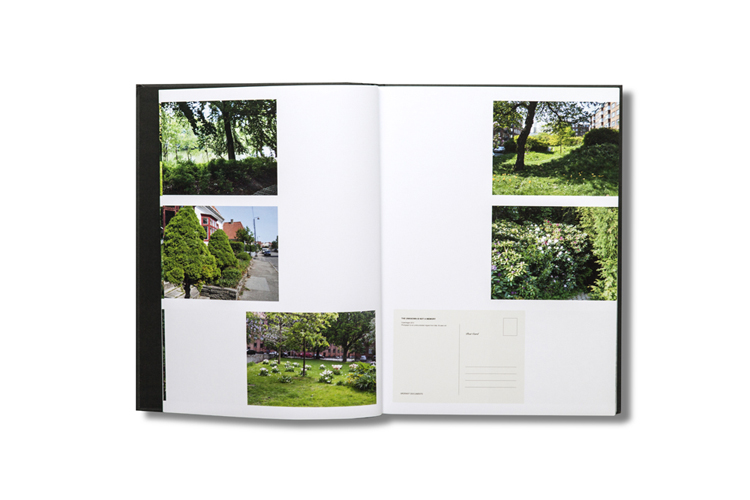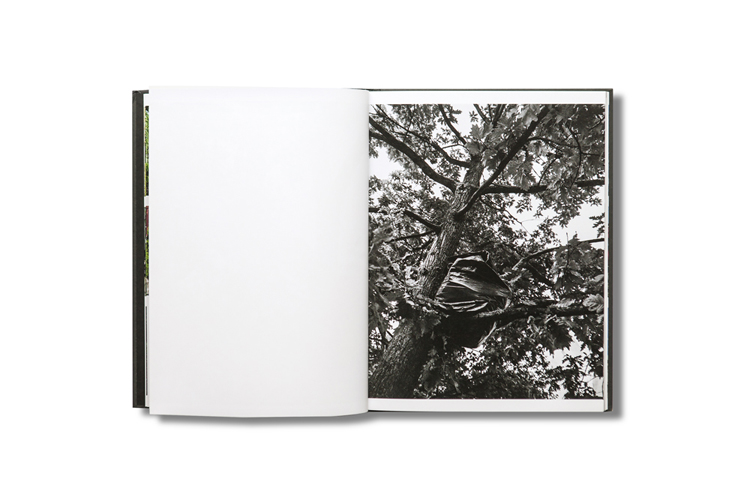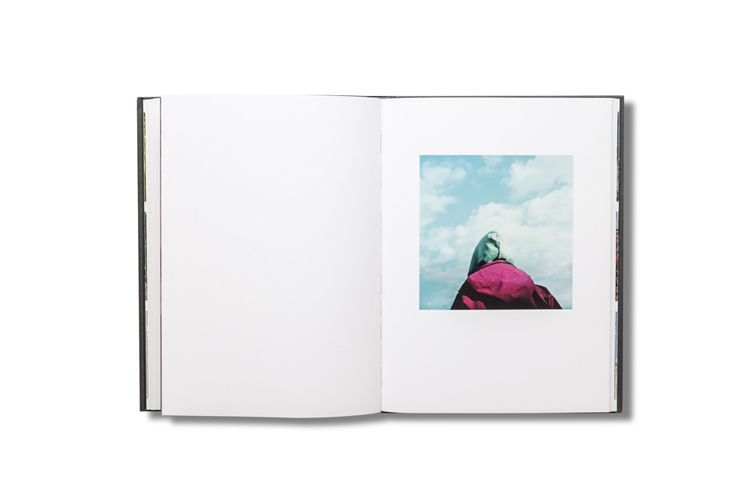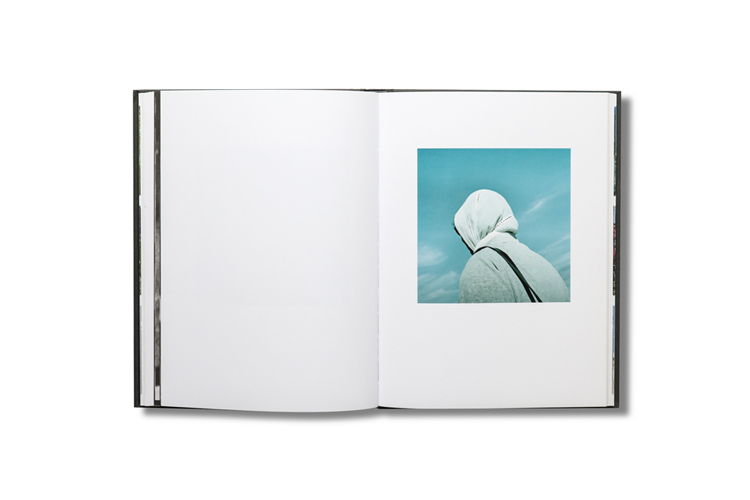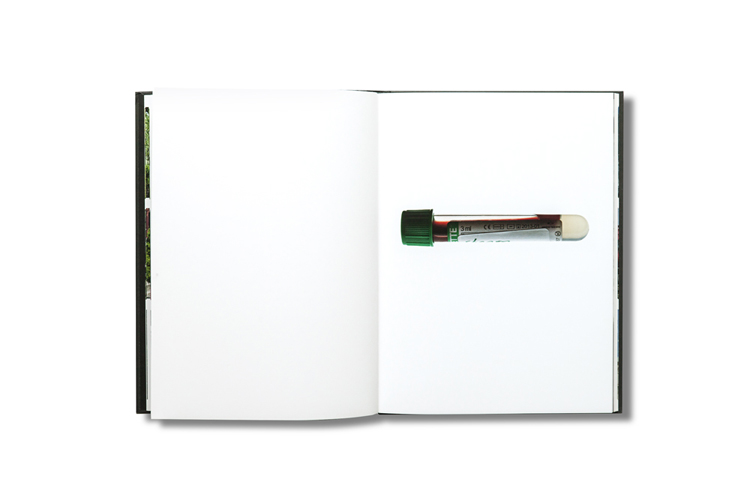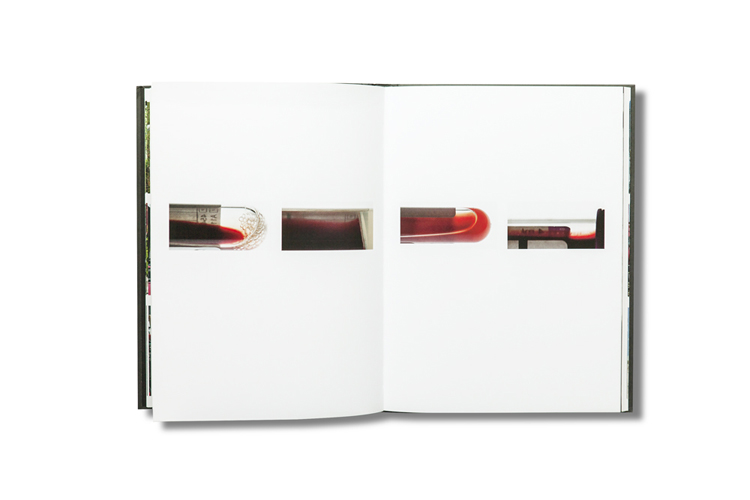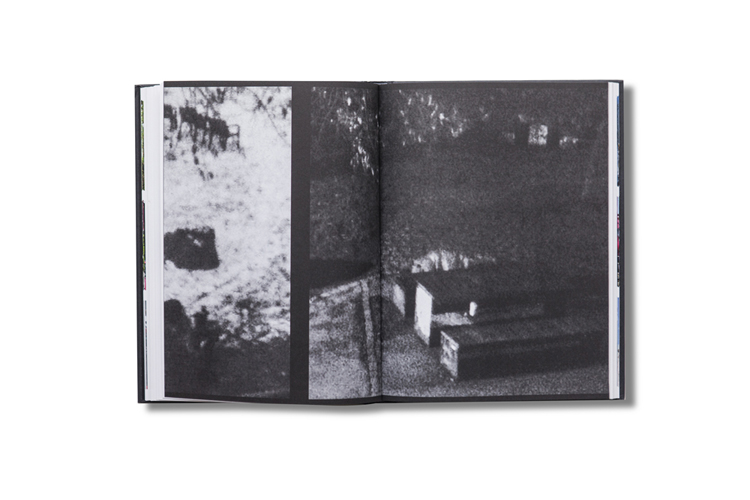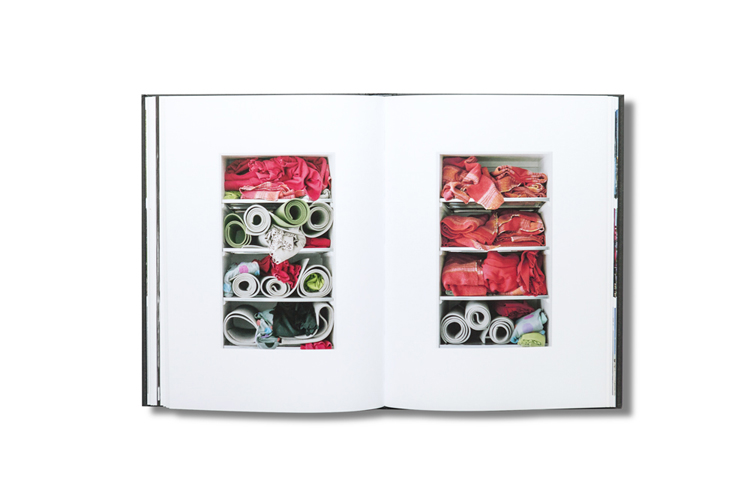Books—Migrant Documents
Migrant Documents
Text: Louise Wolthers
Editor: Gösta Flemming
Editor danish edition: Søren Møller Christensen
Design and layout: Tina Enghoff
160 pages, 162 photographs
ISBN 978 91 981253 3 7
Journal, 2013
The book is simultaneously published in Denmark by Forlaget Vandkunsten ISBN 978 87 7695 348 5
Excerpt from the text to Migrant Documents, "Borders", 2013
Louise Wolthers
(...)"There are vast differences in the degree of mobility across borders. Legal, bureaucratic boundaries, as well as physical borders and checkpoints at airports, etc. where scanning and profiling manifest the limitations to the ideal of the free movement of globalisation–and that it is limited to the privileged few. Paradoxically, national borders seem to have gained in significance. Both at the immigration offices and airports, where the authorities let the ‘right’, economically attractive passengers through the system quickly and easily. But there are others in transit who are subject to suspicion, if not direct harassment. This reflects the usual divisions of neoliberal, capitalist surveillance society, where mobility has a price. The negotiations involved in being an undocumented migrant in an otherwise minutely registered Scandinavian nation is the subject of Tina Enghoff’s Migrant Documents.”
(...)
.... Scene 5: Travelling
I imagine them standing at the railing on a ferry, the tourists Tina Enghoff has photographed from behind and below so the view ahead of them consists solely of blue skies. That they are arriving in a new, foreign country, or leaving the old one for a while. The Idea of Travelling. The reality is that they are looking at one of the most famous tourist attractions in Denmark–Edvard Eriksen’s statue Den lille havfrue (The Little Mermaid). That she is a fairytale figure who paid a high price for an impossible desire and for crossing the border between two worlds is true, but Enghoff’s camera lingers not on her but on the bodies turned away from us to face an endless horizon. The figures embody this dream of travelling, a dream that tourist organisations worldwide offer to make come true easily and comfortably. Visit Copenhagen. Dine at our restaurants. Stay at our hotels. See our attractions. Lots of film and photo opportunities. The modern tourist is in transit for pleasure and to return home with experiences, souvenirs and proof that “I was here”. Tourism and the photographic medium are closely linked in the form of both postcards and snapshots in albums. The image should be picturesque, or at least tell a good story. Even if the story is how disappointingly small and unimpressive the statue of the little mermaid was, at least we had a nice ice cream afterwards.
The migrants who come to Denmark on a tourist visa for a whole range of socio-economic reasons have a different kind of dream that is much harder to make come true. Maybe the words And Our Beds are Cedar Green could be part of the story they hope to take with them, either home or on in life. But the poetry of the title grates against Tina Enghoff’s matter-of-fact registration of the beds of reality: 22 days of almost identical photographs of the blankets and ground pads reserved each night for undocumented migrants in a Copenhagen shelter. The blankets only fill a single shelf unit. Their dreams have to be packed away. Whereas the movements and views of the tourist are typically guided and organised, the experiences and observations of migrants are not controlled. Their observations generate a different kind of unpredictable image that frames Migrant Documents.
Tina Enghoff invited a group of migrants to photograph Copenhagen, and the result has not only become the prologue and epilogue to this book, it has become a living archive of images in the form of postcards that are already in circulation. What will they tell a future recipient about migration in Denmark in the year 2012? One of the many strengths of The Unknown is Not a Memory is that the images challenge expectations to the documentary project. They flirt with affective, intellectual, meta-photographic and political reception, all at once. They are difficult to decode. Tricky. Maybe because the postcards point back at Danish society with so much more interest than society sees the migrants with. If they are even seen. There are no signs in any of the images that the photographer has been seen or acknowledged by anyone else. The postcards bear testimony to moving in the cracks between visibility and invisibility. To the economic, political and ethical boundaries of globalisation. But most of all to the photographer who was here.

